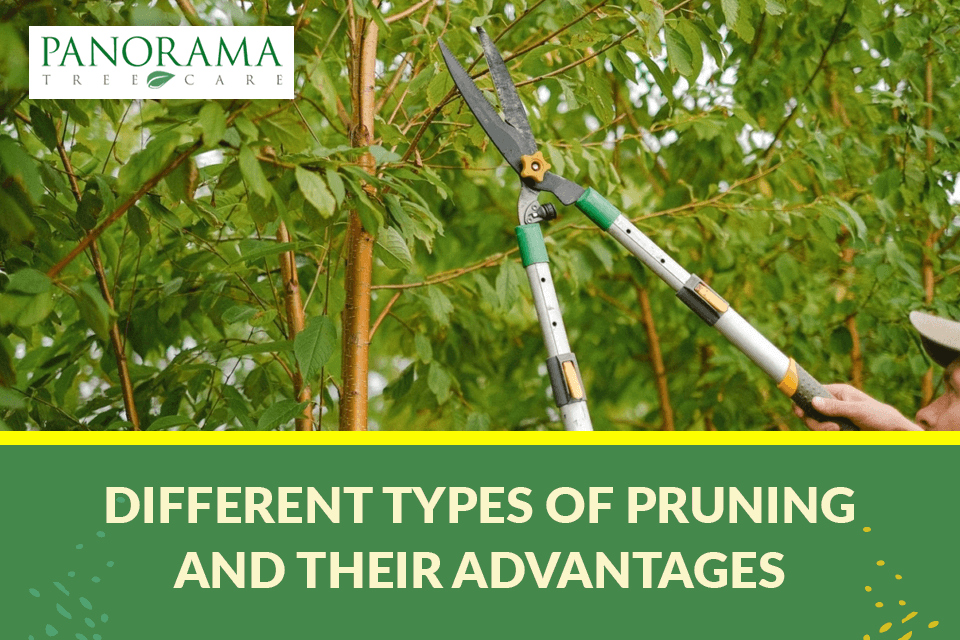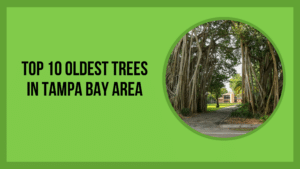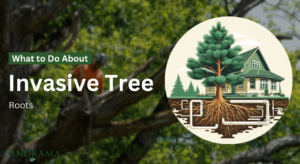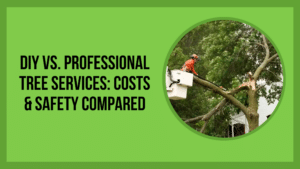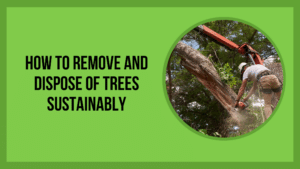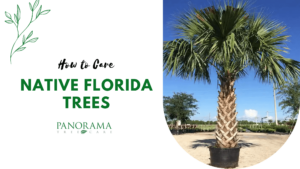Trees can be a valuable asset in any yard, boosting curbside appeal while also improving air quality and providing protection from sun and rain.
Due to their sturdy appearance, you might think that you do not need to perform any maintenance and that your trees will be fine if you let them grow freely.
However, did you know you can risk the health of your trees and the safety of your home or yard if you neglect to prune them?
A tree pruning service can help you care for your trees properly by utilizing the types of pruning described below.
Types of Tree Pruning
One of the most basic and most common types of pruning is the removal of branches that are diseased, dying, dead, or visibly broken.
The general goal is to remove these unwanted branches and improve the tree’s structure as well as promote new, healthy growth as a result. Depending on your situation, other types of tree pruning may also be necessary.
1. Crown Pruning
Through the removal of the aforementioned diseased, dead, or broken branches, tree pruning will help open up a tree’s crown and allow more air movement and light penetration. This stimulates the growth of a tree as areas that would have been otherwise blocked are free to receive essential sunlight.
In addition, the removal of branches and foliage can reduce the weight of extended branches and limbs, thus reducing the risk of branch failure.
Arborists generally recommend that any removal should be limited to about 25 percent of the tree’s live foliage, as the loss of too much foliage will diminish the tree’s capacity for photosynthesis and lead to a decline in health.
2. Structural Pruning
In the event of a storm or other natural disaster, branches can pose a threat to buildings, electrical wires, street signs, and streetlights.
Most people will only realize this threat after the damage has been done, but experienced arborists can help you identify poorly-attached branches before they can cause harm. Pruning a tree to remove these branches will improve overall structural integrity and allow it to continue standing tall on the property for years to come.
Another method of structural pruning involves cutting back branches that can interfere with the dominance of the central leader, which is the branch that directs the growth of a tree.
This method is preferable to topping, which involves removing the entire top of a tree (including the trunk and large branches). Topping harms a tree by weakening its ability to nourish itself and creating an injury exposed to decay, disease, and insects.
3. Clearance Pruning
If your tree is planted very close to a building or in a similar tight space, it may be necessary to call for special clearance pruning.
This will ensure that your tree maintains appropriate clearance from its surroundings, including buildings, patios, courtyards, overhead lights, sidewalks, or other landscape structures. Keeping a good amount of space between your tree and nearby structures will help avoid future maintenance problems.
4. Topiary Pruning
For those that grow ornamental trees or shrubs in their landscape, topiary pruning can help keep them well-manicured and aesthetically-pleasing. Regular pruning is needed to maintain the shape of these topiary plants.
5. Other Specialized Pruning
If you have a tree that has grown too thickly or has branches that hang low over your yard, it may be obstructing your view of the scenery. In order to regain your ideal view, it may call for specialized pruning involving the removal of entire branches, thinning out the tree, or pruning off low branches.
Why Call Professional Services for Trimming Trees?
You might be able to easily identify tree branches that are broken, but when it comes to identifying branches that are diseased, dying, or dead, you may have a difficult time.
When you work with an expert arborist, they will be able to quickly and accurately assess the health of your tree no matter the season you are in.
Certified arborists are familiar with identifying these types of branches, and they will be able to tell you what types of pruning would be appropriate.
When it comes to tree care, trusting professional pruning services Tampa ensures your trees are handled by experienced arborists who understand seasonal timing, structural integrity, and proper technique for long-term health.
Our tree pruning specialists Tampa use modern tools and science-backed techniques to improve tree structure, health, and aesthetics while minimizing risk.
At Panorama Tree Care, our team has the experience and knowledge to take care of your tree and prune it correctly. You can entrust all your tree care needs to our trained tree specialists, along with our safety equipment and liability insurance.
Don’t wait for damaged branches to become a hazard—contact us today to schedule a consultation with our certified arborists and keep your trees safe, strong, and beautiful.

